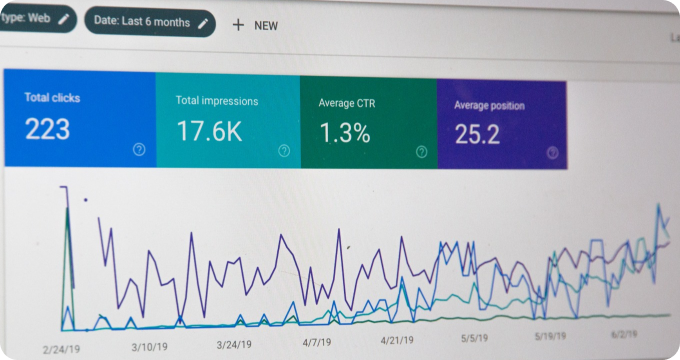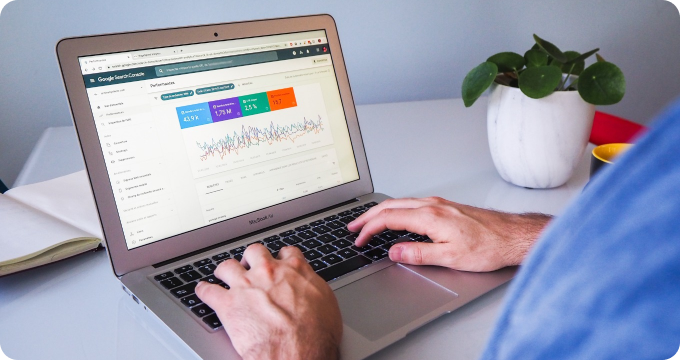7 Things I Wish I'd Known About Software For Qualitative Data Analysis Before Investing In One
- December 02, 2023
- 2 minutes
At the crossroads of modern technology and academic discipline, sits the promising yet often misunderstood field of qualitative data analysis software. This heralded tool is revolutionizing the way we approach and execute qualitative research. However, the voyage into the realm of such software is not one to be undertaken lightly. As a seasoned explorer of this digital frontier, I'd like to share some of the wisdom I've gleaned, in the hope that you can avoid some of the pitfalls that lie ahead. Let's delve into seven critical insights I wish I had known before investing in one.
The first revelation is the importance of granularity of data coding. Qualitative data analysis software treats data coding, the process of evaluating and categorizing data, as the heart of its operation. However, the spectrum of granularity in data coding varies significantly across different software. While some offer broad and thematic coding, others provide line-by-line or even word-by-word coding. The choice hugely impacts the depth of analysis achieved. A word-by-word approach might offer profound insights for linguistic analysis but might be excessive for a thematic content analysis. Hence, the granularity level should align with your research objectives.
Secondly, the paradox of choice applies to qualitative data analysis software. With a multitude of options available, the decision-making process can be daunting. A closer look reveals that different software excel in distinctive areas - be it user interface, analytical tools, data visualization, or collaboration features. Comparing these parameters within your research scope can facilitate an informed decision. For instance, if you are working in a team, a software with robust collaboration features would be beneficial.
Thirdly, data security is a critical yet often overlooked aspect. With the ever-increasing cyber threats, your valuable data could be at risk. Therefore, it is important to assess the data security measures offered by the software. Encrypted databases, secure backups, and stringent access controls should be a minimum.
The fourth point pertains to the learning curve associated with these tools. As with any sophisticated technology, qualitative data analysis software requires a significant investment of time to master. Hence, it is beneficial to consider how intuitive and user-friendly the software interface is, and whether sufficient training resources and customer support are available.
Fifthly, remember that software is not a panacea for methodological weaknesses. The tool can certainly augment your research, but it cannot rectify a fundamentally flawed research design. Therefore, a comprehensive understanding of qualitative research methodology remains essential.
Sixthly, cost-benefit analysis goes beyond the price. While the cost of software is an important factor, it should not be the sole determinant. A more expensive software might offer superior features that can save time and resources in the long run. Conversely, a cost-effective but poorly designed software can result in wasted time and missed insights.
Lastly, it's crucial to remember the adage 'a tool is only as good as its user'. The software's efficacy is largely contingent on the skill and expertise of the user. A deep understanding of the research domain and the software's functionalities will undoubtedly yield better outcomes.
Venturing into the world of qualitative data analysis software can feel like navigating an intricate labyrinth. However, with a clear understanding of your needs, careful scrutiny of software features, and a willingness to invest time into learning, you can harness the power of this tool. Never lose sight of the fact that this software is an enabler and not the end goal. The ultimate objective remains enriched research outcomes, and the software is a potent means to that end.
Learn More
Unleash the power of your research by diving deeper into our blog posts, where you can explore the fascinating world of software for qualitative data analysis. For an unbiased, comprehensive view, they should not miss our meticulously curated rankings of the Best Software For Qualitative Data Analysis.
Popular Posts
-
 Qualitative Data Analysis Software Industry Report: Key Findings and Crucial Insights
Qualitative Data Analysis Software Industry Report: Key Findings and Crucial Insights
-
 How to Budget for Software in Qualitative Data Analysis
How to Budget for Software in Qualitative Data Analysis
-
 Ask These Questions to a Data Analyst to Choose the Right Software for Qualitative Data Analysis for You
Ask These Questions to a Data Analyst to Choose the Right Software for Qualitative Data Analysis for You
-
 11 Essential Questions to Ask Before Choosing Your Qualitative Data Analysis Software
11 Essential Questions to Ask Before Choosing Your Qualitative Data Analysis Software
-
 7 Things I Wish I'd Known About Software For Qualitative Data Analysis Before Investing In One
7 Things I Wish I'd Known About Software For Qualitative Data Analysis Before Investing In One






